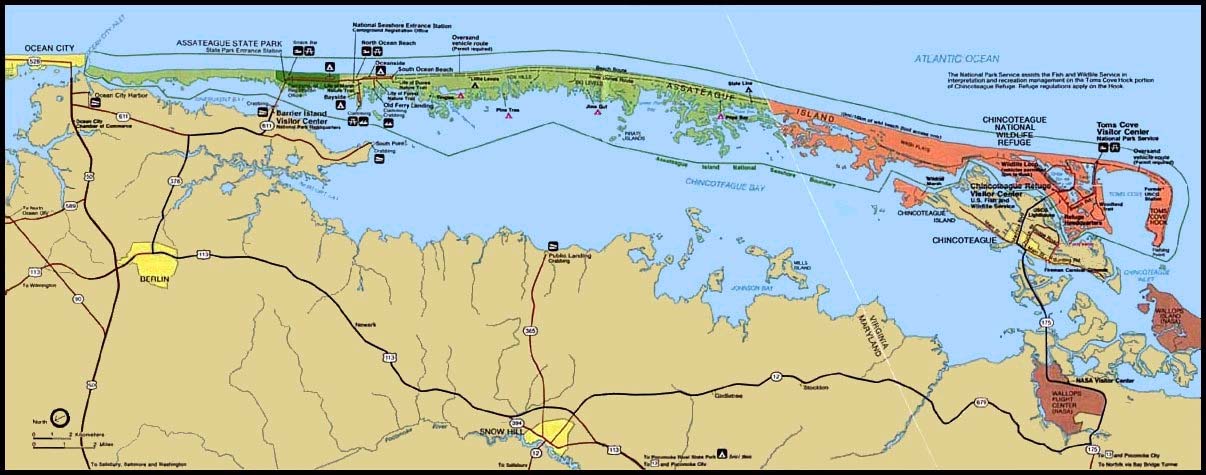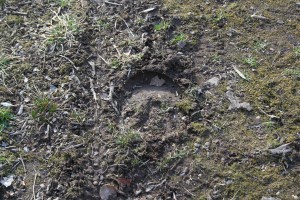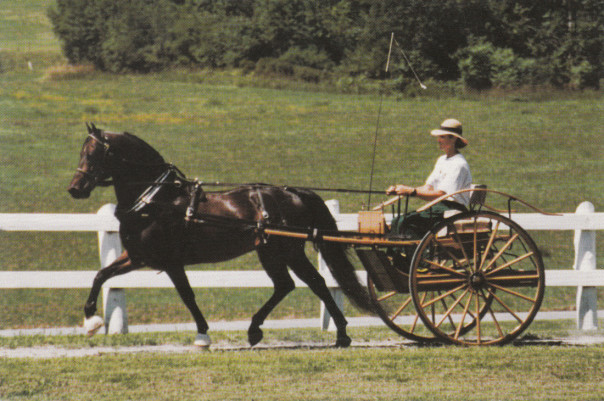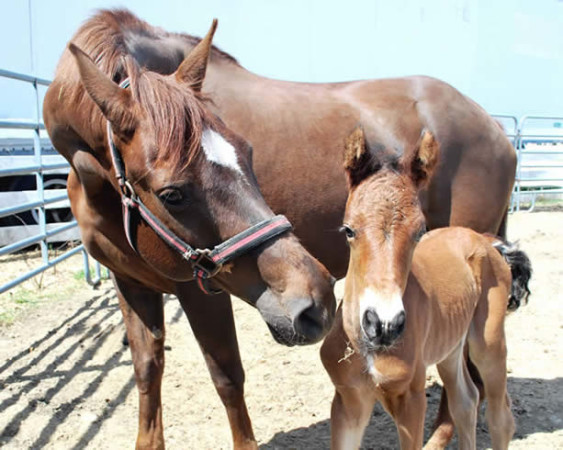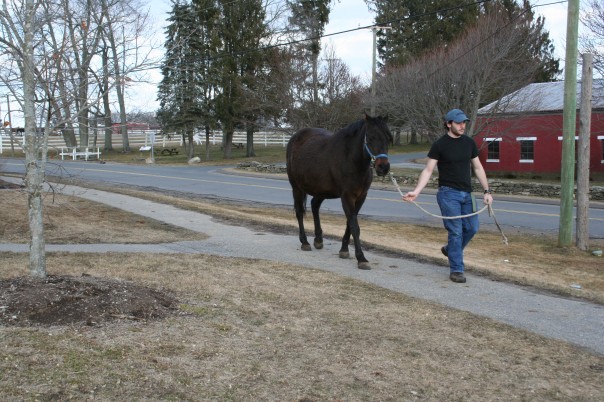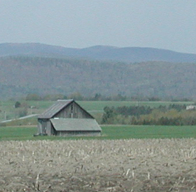Chincoteague and Assateague Wild Ponies; UConn Morgans, Morgan Mile
Read, and the world opens up. Places to see, so much to learn, connections to be made that will bear fruit in time. Horses, books, travel.
Now for anyone who loves horses or has a horse-crazy youngster in the family, there is one destination famous for wild ponies, especially one beloved equine known as Misty as in Misty of Chincoteague, a book by Marguerite Henry, illustrated by Wesley Dennis. Wild ponies draw visitors from around the globe; tourism is an economic engine for local communities.
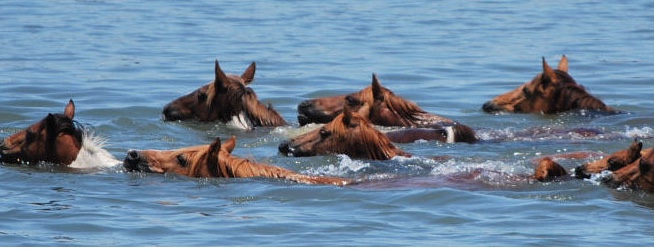
Each year the Chincoteague Volunteer Fire Company purchases a grazing permit from the National Fish & Wildlife Service. This permit allows the Fire Company to maintain a herd of approximately 150 adult ponies on Assateague Island. The Fire Company controls the herd size with a pony auction on the last Thursday in July. Each year tens of thousands of spectators come to watch the Saltwater Cowboys swim the pony herd from Assateague Island to Chincoteague Island.
Chincoteague and Assateague are islands off the coast of Virginia. The book tells the story of how the ponies came to live there and how these sturdy equines connect to life in a what used to be a small seacoast community. The purpose of the annual pony swim (July) is to get the herd from Assateague Island to Chincoteague Island so that foals can be auctioned as a fundraiser for the Chincoteague Volunteer Fire Company, and also to check the ponies over and limit the size of the herd. Some of the auction proceeds help to provide veterinary care for the ponies in all seasons.
The story of Misty and the auction helped launch a dynamic tourism industry as visitors flock to the islands nowadays by the thousands to watch the ponies swim, as they were portrayed in the story that was published in 1947. The community offers great hospitality, plus related activities such as sunset cruises, bike and hike excursions, guided tours and kayak rentals to view the wild ponies and wildlife such as eagles, migrating birds, and more who live in the natural beauty of this estuary formed by the island.
Members of the Chincoteague Volunteer Fire Company also do a spring and fall round up to check on the overall health of the ponies. A good resource for information and to confirm dates (to avoid disappointment if weather is a factor) is Chincoteague Chamber of Commerce.
“Two herds of wild horses make their home on Assateague Island, separated by a fence at the Maryland-Virginia line. These small but sturdy, shaggy horses have adapted to their environment over the years by eating dune and marsh grasses and drinking fresh water from ponds. While they appear tame, they are wild, and Park Rangers urge visitors not to feed or pet them. The Maryland herd is managed by the National Park Service. The Virginia herd is owned by the Chincoteague Volunteer Fire Company.”
Assateague became a national park in 1965 and together with the U.S. Fish & Wildlife Service refuge and state park holdings, land and water boundaries of Assateague Island total more than 48,000 acres in Maryland and Virginia. The best way to view ponies is with an experienced guide. Here is a link to a wealth of choices, depending on your own preference for transportation.
This is a great place to unwind, enjoy local specialties such as crabcakes; here is a link to the official site where there are details about decoy, seafood, oyster and blueberry festivals.
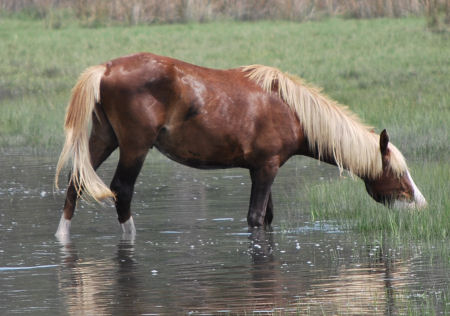
This is Riptide. For details about the herd, this image is linked to the site which lists ponies by names, along with tidbits about their lives.
Interested in a pony of your own? Visit the Chincoteague Pony Centre, which sometimes has foals and young Chincoteague ponies for sale. Their website at www.chincoteague.com/ponycentre. Or look at the beauty from a computer via a live Chincoteague Bay web cam or Chincoteague Pony web cam. The links (to the far right, top of the page) are featured on the official home page.
More horse-related sites to fuel travel (and books) can be found in Connecticut and Vermont, with ties to Springfield, Mass.
Justin Morgan had a horse he called Figure.
“Nope, that little feller don't look like he'll amount to much.” That's what almost everyone said about Little Bub. But young Joel Goss knew that Little Bub was a special colt, even though he was a runt. When schoolteacher Justin Morgan asked Joel to gentle the colt, Joel was thrilled.
“Little Bub proved that size and breed weren't everything. Soon word spread throughout the entire Northeast that this spirited colt could pull heavier loads than a pair of oxen and run faster than thoroughbreds.”
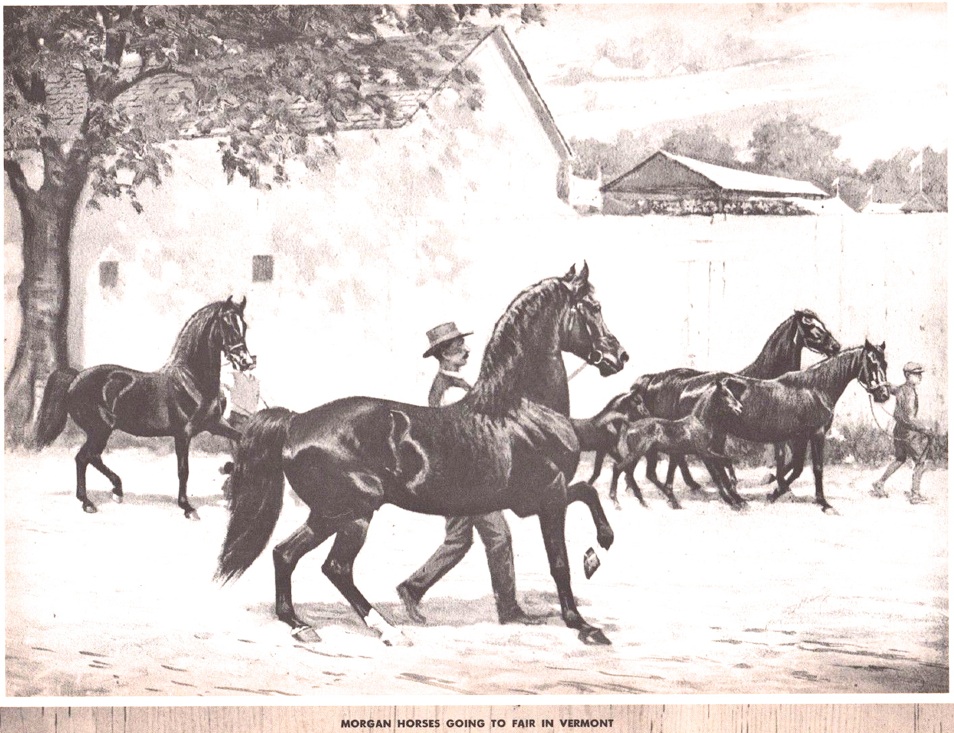
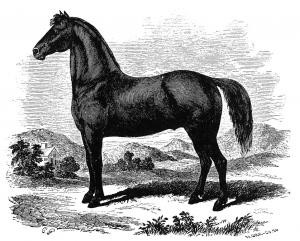
Figure could do it all. The foundation sire for the Morgan horse breed put his stamp on all his get. Image is linked to the official site for the whole story.
Read more of the story inside a book called Justin Morgan Had a Horse written by Marguerite Henry, illustrated by Wesley Dennis (if you haven't already consumed it as a child). Then go see some of his offspring giddy-up go on the famed Morgan Mile Trotting Races, Brookfield, Vermont, in September. To participate, here is the link to register and qualify.
The Morgan Mile Road is where legendary Figure (a smallish bay stallion owned by Justin Morgan; he became the foundation sire of the Morgan horse breed and later is called Justin Morgan) showed a clean pair of heels to other horses in races on this old Vermont Road in 1796.
Figure won, by the way. And people are still talking about it.
“Justin Morgan was, in fact, a genetic ‘sport' in that he did not resemble his sire or dam in obvious ways. He passed these characteristics on to his offspring, forming a distinct type or breed of horse unique to America. Justin Morgan sired many foals, but the most important ones are his three sons: Sherman, Bulrush, and Woodbury. Every Morgan today traces back to him through one of these stallions.” — American Morgan Horse Association
“Morgan (the man) was a multi-faceted man who supported his family as a yeoman, musician, stallioneer, and tavern keeper in West Springfield, Massachusetts. Born in 1747, he descended from the first Springfield settlers (he was third generation). As a stallioneer he leased and stood the finest stallions obtainable–-Diamond, the sire of Figure's dam, and True Briton (also known as Beautiful Bay), considered the sire of Figure.”
For information call (802) 763-2516′ to participate, here is the link to register, listing the qualifications required.
Think on this – that one stallion left his imprint in the DNA generations of colts and foals competing and performing in nearly every discipline in the equine world. There are those who love the Lippitts, and others who adore a much different-looking Morgan.
One place to see Morgans is the horse barns at the University of Connecticut, Storrs.
A self-guided tour is free and the public is welcome. Stop at the main visitor center on campus to pick up a map and more information about the animals barns, or just hone in on the horses. Remember to be respectful around any large animal. Don't intrude on the daily rounds by the staff and students, but when there is an opportunity, do ask about their Morgan program and other happenings where you can watch them in action.
Another road trip leads to the University of Vermont Morgan Horse Farm, dedicated to the “preservation and improvement of the Morgan Horse through breeding and selection.” Open to visitors for a small fee, be sure to call ahead to verify hours and dates for your visit. Then think about this on the drive: the economic impact of equines in Vermont is more than $27 million per year, making it the second largest agricultural industry in the Green Mountain State.



